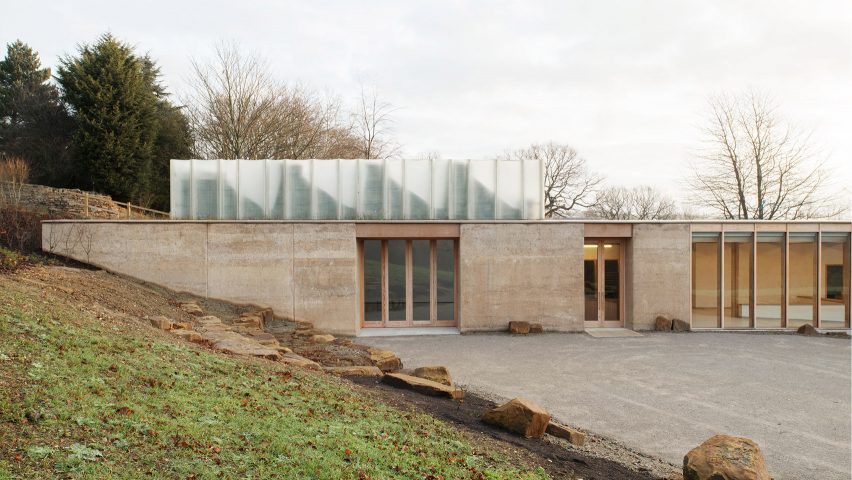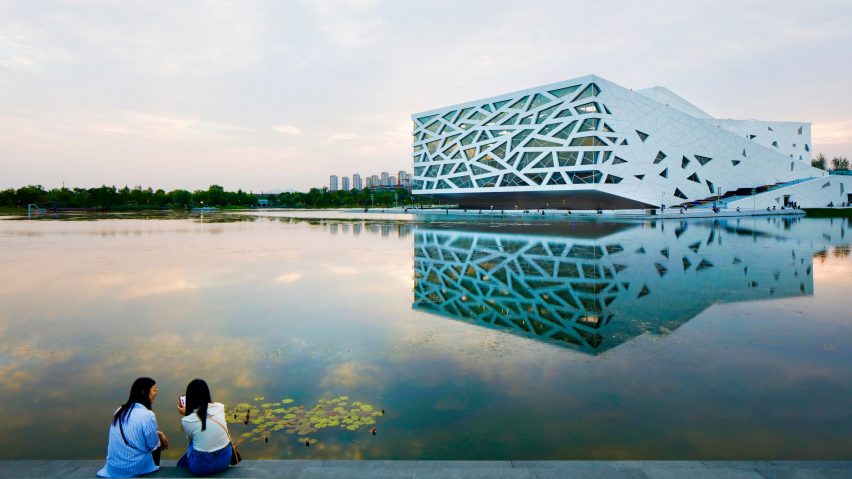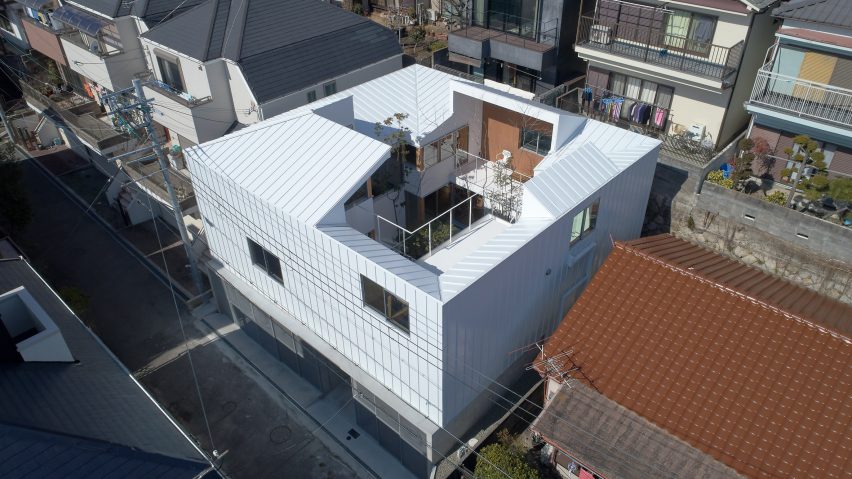
This week, The Tulip was axed and the Stirling Prize shortlist was revealed
This week on Dezeen, Foster + Partners' Tulip tower was rejected over concerns for London's skyline, and RIBA announced the shortlist for the Stirling Prize.
On Monday, it was announced that Foster + Partners' controversial plans for a supertall viewing tower in London had been cancelled by the capital's mayor Sadiq Kahn.
Proposed for a site beside the RIBA Stirling Prize-winning 30 Mary St Axe – known as the Gherkin – Kahn's spokesperson stated that the mayor believed "the design is of insufficient quality for such a prominent location".

This week saw six projects shortlisted for RIBA's annual Stirling Prize, which is awarded to the building judged to have made the greatest contribution to British architecture.
Among the projects is an experimental cork house, Grimshaw's London Bridge Station, and the Macallan Distillery, which is Rogers Stirk Harbour + Partners' seventh project to have been shortlisted for the accolade.

Other architecture news this week included Henning Larsen's completion of an angular opera house in Hangzhou, which features a facade that resembles cracked ice on a frozen lake.
Daniel Libeskind also unveiled his design for a Maggie's Centre in London's Hampstead, and Steven Holl released visuals of a zinc-clad concert hall for the Czech Republic.

In the design world, Twitter revamped its website for first time in seven years to provide users with a more streamlined experience inline with its app.
Researchers at Harvard University revealed the concept for "greenhouse shields" on Mars that could facilitate the growth of plants and terraform the planet.

Sustainability was back in the spotlight as Zara announced its goal to make all of its clothing from "organic, more sustainable or recycled" materials by 2025.
This will be rolled out as part of the Spanish fashion retailer's wider sustainability initiative, which also includes a promise that its head offices will meet the "highest green building certificates".

Dezeen reflected on the recent #dezeenchat, a social-media discussion that responded to the question "Is design education broken?".
Among participants' concerns was an overwhelming complaint about the demands placed on architecture students that are leading to burnout and mental-health issues.

Projects that sparked readers imaginations this week included Tomohiro Hata's Loop House that envelops a central courtyard, Richard John Andrews' self-designed garden architecture studio and AGo Architects skinny house in Indonesia.